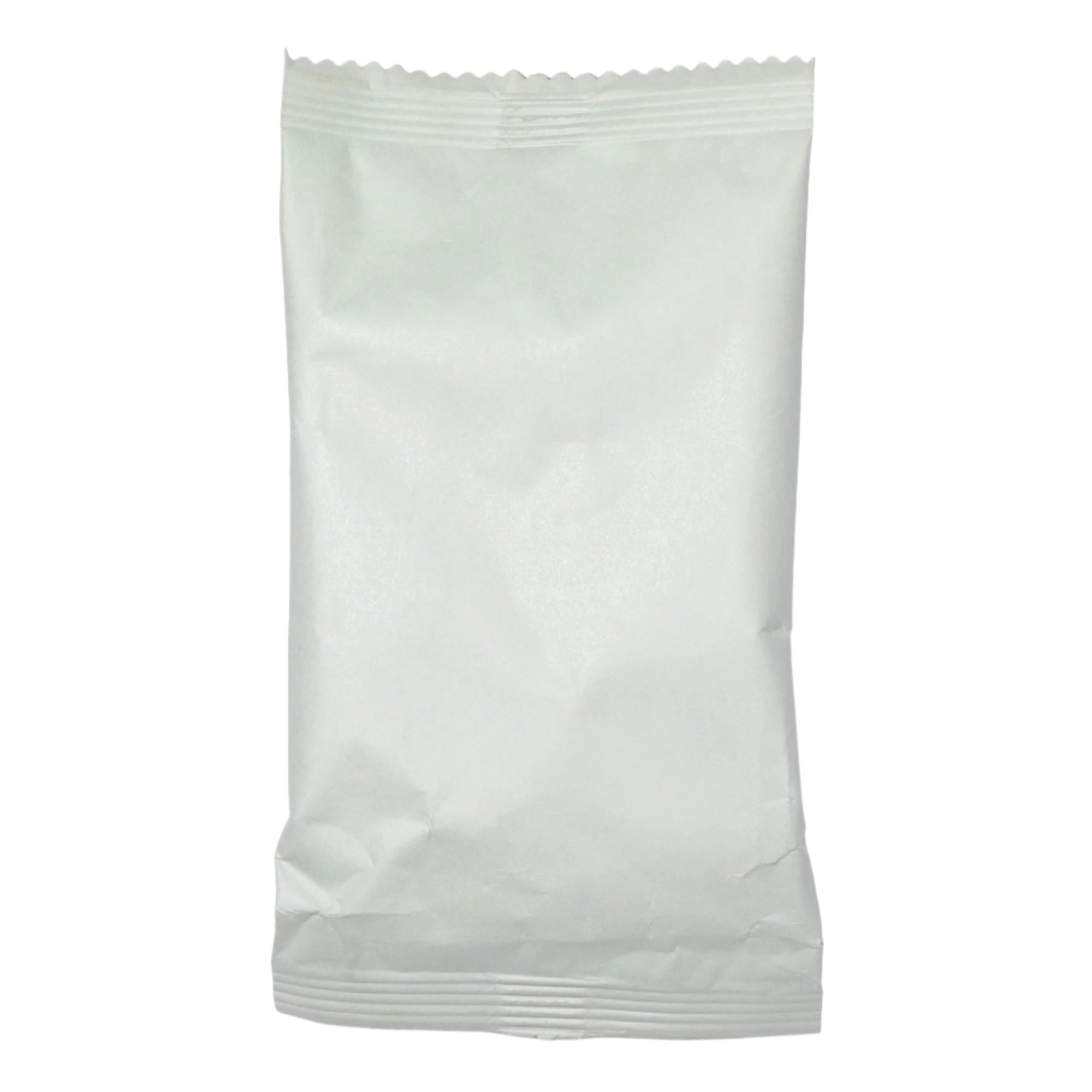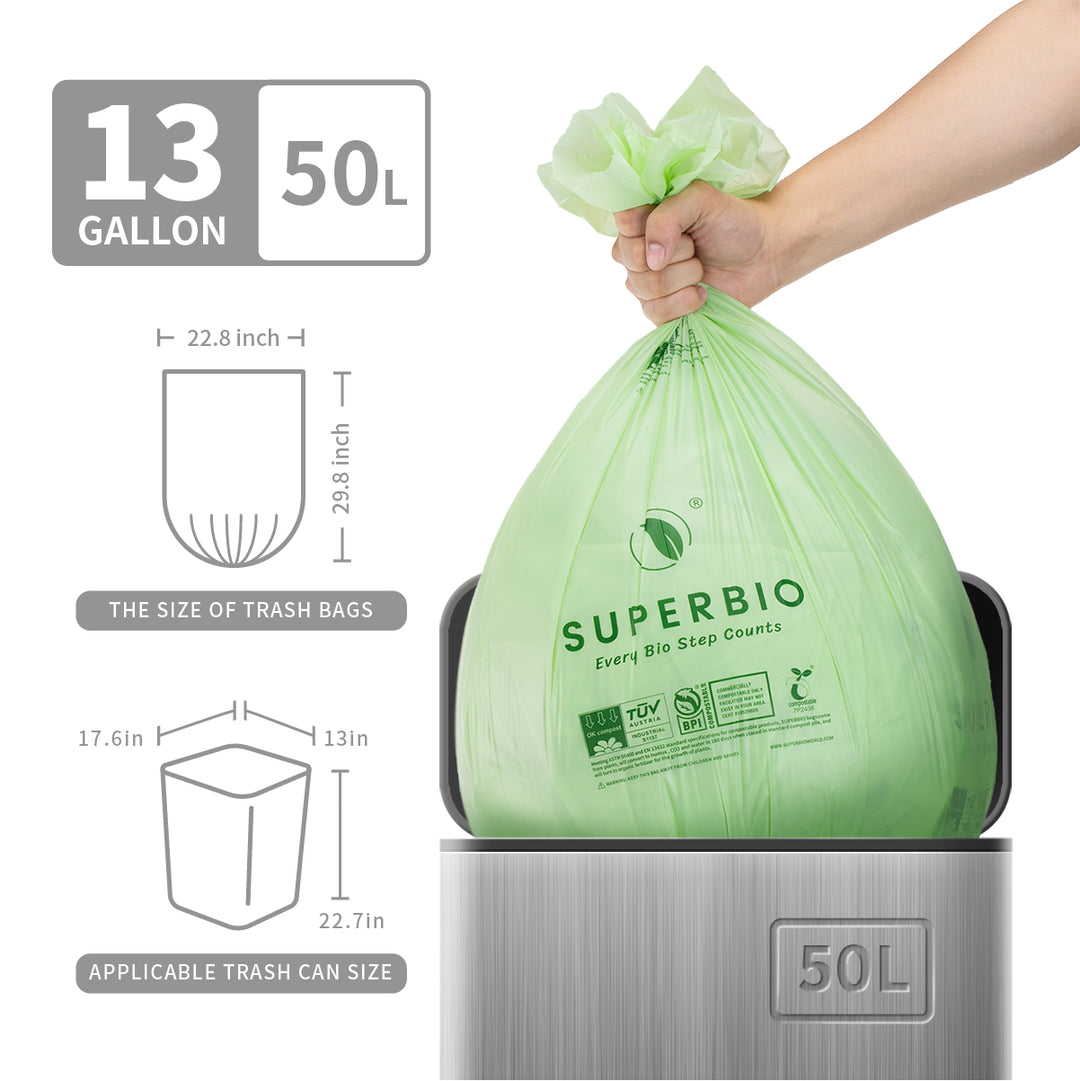The Warm Pacific Blob Supercharges Rivers Of Rain And Changes Weather Patterns
A vast patch of abnormally hot water now stretches across the North Pacific, reshaping sea life and setting the stage for an unusual cold-season forecast. The marine heatwave—nicknamed the “warm blob”—expanded rapidly since May 2025 and, by midsummer, spanned an area roughly comparable to the contiguous United States, according to NOAA analyses summarized by SFGATE.
Satellite readings show temperatures running many degrees above normal, marking one of the largest events since systematic monitoring began in the 1980s.

The warm blob is a massive North Pacific marine heatwave.
How a Blob Is Born—and Why This One Grew
Meteorologists point to persistent high pressure over the Pacific that weakened winds and upwelling, allowing the surface to heat and remain stratified. That atmospheric setup is how blobs typically form, explains KGW. This year’s event intensified quickly and earlier than similar heatwaves, aided by a Gulf of Alaska pattern that flipped coastal winds from cooling to warming, SFGATE notes.
Ecological Consequences Along the Food Web
Warm anomalies alter the base of the food chain by suppressing nutrient-rich mixing, which can shrink phytoplankton and ripple upward to fish, seabirds, and marine mammals. The first blob a decade ago coincided with widespread strandings of malnourished California sea lion pups and a mass mortality of Cassin’s auklets; scientists fear similar pressures when warm conditions persist, reports SFGATE. Warmer water also favors harmful algal blooms along the West Coast.

The blob weakens the equator-to-Arctic temperature contrast aloft.
Winter Stakes: Blob Meets La Niña
The warm blob interacts with the jet stream by reducing the temperature contrast that powers high-altitude winds. That can load storms with extra moisture and slow their progression, raising odds for potent atmospheric rivers, according to CNN.
With La Niña now present in the tropics, forecasters are weighing how the two signals may jointly tug the Pacific storm track and shape a wetter-than-average season in parts of the Pacific Northwest. Still, when storminess ramps up, energetic systems can churn and erode the blob from its edges—a reminder that winter’s larger-scale drivers often win, as KGW explains.

La Niña now interacts with the blob to reshape winter patterns.
On the Slopes and Across the Ocean
For Sierra skiers, past blob winters delivered volatility: warm, high-snow-level storms, lean midseason stretches, and occasional late bursts. Tahoe’s 2014–15 was notably poor, while later blob years produced elevation-dependent snow and roller-coaster conditions, reports the Tahoe Daily Tribune.
What’s Different This Time
Recent North Pacific warmth set modern records over an area ten times the Mediterranean, an anomaly that standard climate models struggled to match, according to the BBC. Researchers also point to cleaner shipping fuels and reduced Asian air pollution, which removed sunlight-reflecting aerosols and may have unmasked additional ocean heating. The same heat has teleconnections beyond the Pacific, with downstream patterns potentially nudging early-winter cold in Europe even as North America watches for moisture-rich Pacific storms.





























































































































































































































































































































































